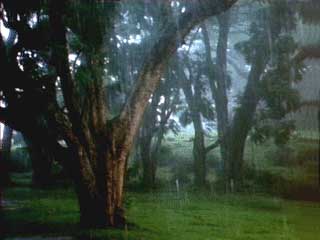The entire Indian population depends on good crops to survive, and good crops depend on the monsoon; according to a research conducted by a Potsdam University team, the monsoon could fail frequently and catastrophically over the next 200 years – as a result of global warming.
There is already a noticed 40 to 70 average percent drop in rainfall for the monsoon, but according to the team, by 2150, every fifth year could lack a monsoon altogether, if the trend continues.
“Our study points to the possibility of even more severe changes to monsoon rainfall caused by climatic shifts that may take place later this century and beyond,” says lead author Jacob Schewe.
The team explained that the changes would be caused by an increase in temperature as well as a change in strength of the Pacific Walker circulation in spring. The thing is, the Walker circulation brings high air pressure to the western Indian Ocean; but in the years when El Nino strikes, the pattern gets shifter towards eastern areas, bringing high pressures to India and supressing the monsoon. This is why we can already see a direct correlation between El Nino and years with below average monsoons.
But according to researchers, as temperatures increase in the future, the Walker circulation will bring more high pressure over India even if El Nino doesn’t strike at all. Still, there is some controversy surrounding the models which were used to get to these conclusions. Many models suggest a growth, and not a drop, in monsoon intensity.







